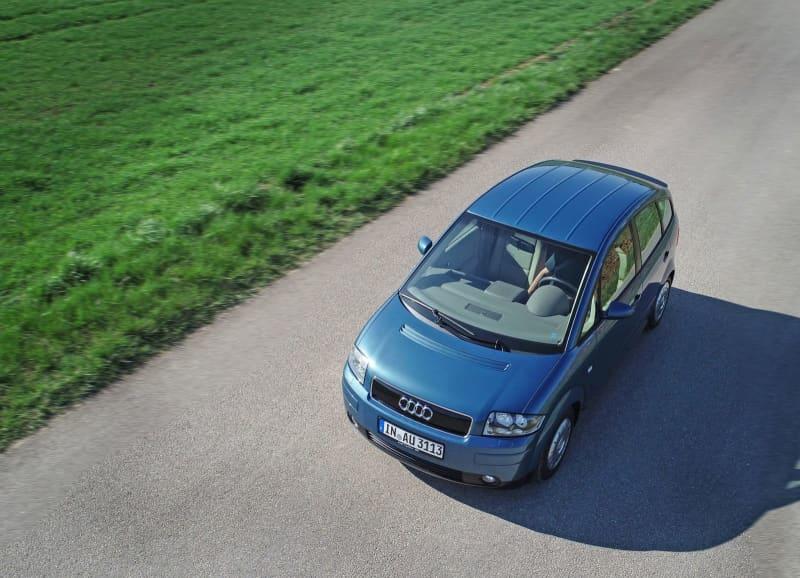
It was not very pretty to look at and it was too expensive to produce. When the little four-door Audi A2 appeared 25 years ago, it was a portent of the future, except that it did not have electric drive.
Audi pulled out all the stops to future-proof the car which used advanced internal combustion technology to manage a sensational consumption of three litres per 100 km/h.
The car was a child of the 1970s oil crisis which shocked makers into saving fuel a few decades earlier and spelled the end for the many gas-guzzling cars.
In 2025, there are still plenty of A2s to be seen on the streets, particularly in Germany, says Audi tradition department spokeswoman Daniela Henger.
High time then to dust off the A2 again and examine it with new eyes.
The car's snub nose, high roof and near teardrop rear end were controversial from the outset when the car went on sale on June 30 2000.
Standing at 3.83 metres the A2 was the odd man out among the conventional saloons and estates when the wraps came off an advance version at the 1999 Frankfurt Show.
Today's motorists are acutely aware of the electric range of modern cars and this is achieved not just by installing efficient batteries but by making a car as aerodynamic as possible to reduce air resistance and save fuel.
The little Audi excelled in this respect, with a respectable drag coefficient or Cw value of 0.25 compared to 0.32 for a contemporary VW Polo.
This was made possible by judicious weight-saving and the use of rust-free aluminium for the so-called space-frame skeleton bodywork. The premium A8 limousine had already paved the way in this respect.
Some parts were made of magnesium, an exotic and light material which has led to spare parts being offered at extortionate prices. One drawback today is that the unconventional aluminium structure makes accident repairs more costly to carry out.
The car tipped the scales at just 855 kilos which made it much lighter than many of its competitors.
The Bavarian maker achieved the greatest savings potential with the drive-train and the A2 was available as a diesel and petrol model with up to 81 kW/110 hp and top speeds of 202 km/h.
The most frugal edition had a 1.2-litre three-cylinder diesel engine with just 45 kW/61 hp, which was even governed down to 33 kW/45 hp in economy mode. It also featured an early start-stop system and an automated five-speed transmission to deliver a standard fuel consumption of 2.99 litres.
The TDI diesel engine was unrefined by today's standards and when it starts up the cacophony of knocking and rattles can unnerve the uninitiated.
Today's petrol mild hybrids make switching the combustion engine on and off so smoothly that you need to look at the rev counter to notice that anything is happening. They also lack the jerky start of the A2.
When idling at the traffic lights, the engine turns so slowly that you constantly fear it might stall. The electronic transmission also has a mind of its own, shifting up so early and down too late for modern driving tastes.
Yet even if a glance at the crawling speedometer will not put a smile on your face as the needle climbs to 100 km/h in an agonizingly long 14.9 seconds, the fuel consumption will.
Being stingy about fuel was cool back then – what really makes you happy is looking at the fuel gauge, whose needle seems to be stuck in place, it moves so slowly, even though the tank only holds a paltry 21 litres. Theoretically, that's enough to cover 700 kilometres with ease.
Yes, the A2 short-changes on driving pleasure but still has a lot to offer. The choice of classy interior materials is almost luxurious for a small car of its time and still makes an impression today.
The space in both seating rows is surprisingly generous, and the view into the trunk never fails to amaze, especially with the rear seats folded down.
Opening the bonnet may seem puzzling until one recalls that, as with many electric cars today, the engine compartment of the A2 was bolted shut, and instead, only a service flap was installed for normal maintenance such as oil and water checks. The bonnet panel itself could be removed in one piece using two fasteners located under this flap.
Although the A2 was showered with prizes and awards, it was largely shunned by customers: just like the upright electric BMW i3 and Opel Ampera a few years later.
It seems Audi's aluminium piggy bank was ahead of its time and failed to strike the right chord with consumers, as Audi Tradition candidly admits in its review.
The high asking price of 31,978 German marks ($19,100) for the basic version and around 36,000 German marks for the three-litre car certainly didn't help.
The significantly larger A3 saloon, for example, was available for a similar price.
The Audi A2 has now received the recognition it deserves, said classic car expert Frank Wilke, who has noticed a gradual rise in prices for used cars.
The head of market observer Classic Analytics now values the small car in good condition at €5,600 ($6,500). But despite its growing fan base, Wilke finds it hard to upgrade the A2 from being just an exotic daily driver to the status of a classic.
"One can admire the technology and vision of the engineers and also count the A2 alongside the VW Phaeton, the Bugatti Veyron, and the VW XL1 among the memorable legacies of VW founder Ferdinand Piëch,” said Wilke. “That's why it naturally belongs in a well-stocked collection and in every museum of recent automotive history.”
But for joyrides and Sunday outings, which are often enjoyed in classic cars, the expert feels the A2 is missing something crucial, especially in the penny-pinching three-litre version: “There's no driving pleasure or even an attractive engine sound to be had in this car,” he says.
“As much as people like to view it today as a design icon or a reference for technical progress and early fuel-saving efforts, no one wants to sit in it and drive off into the sunset,” says the expert.
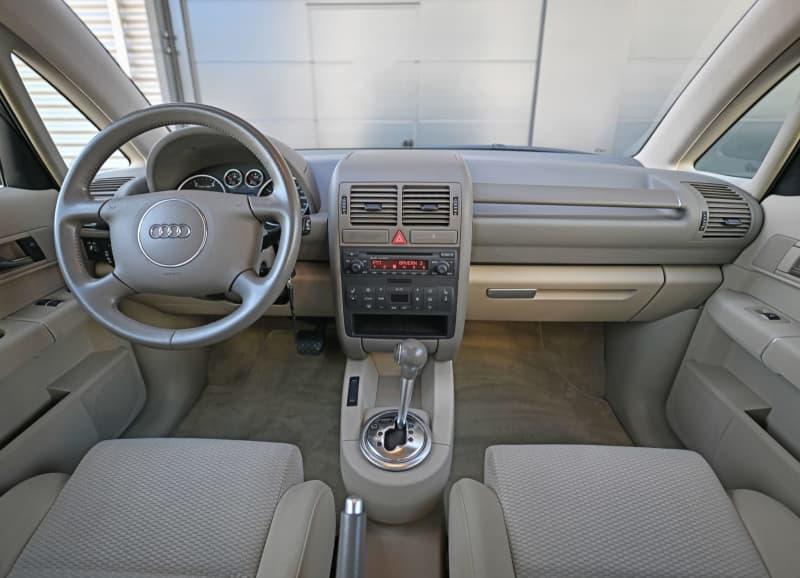

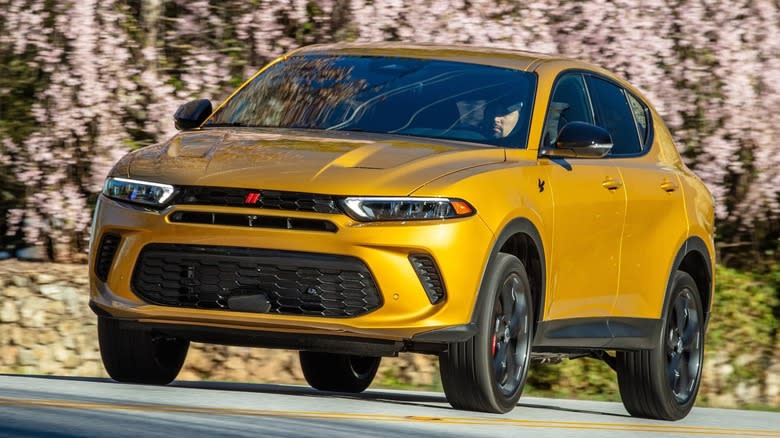

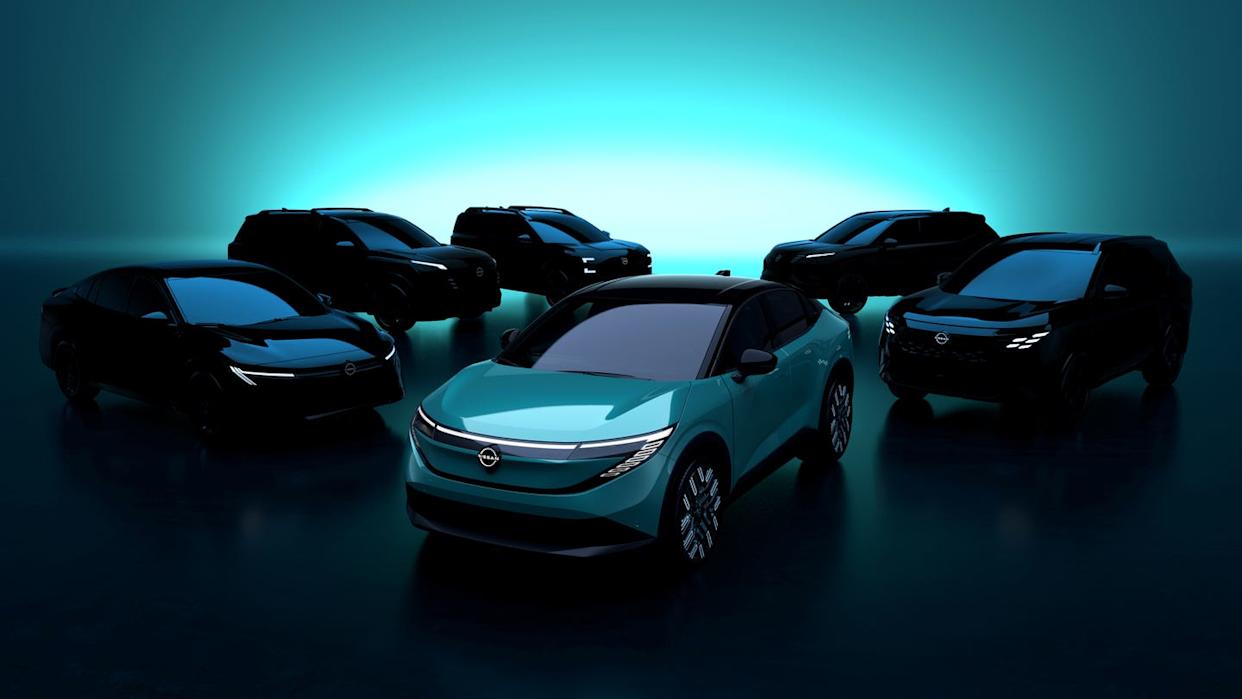
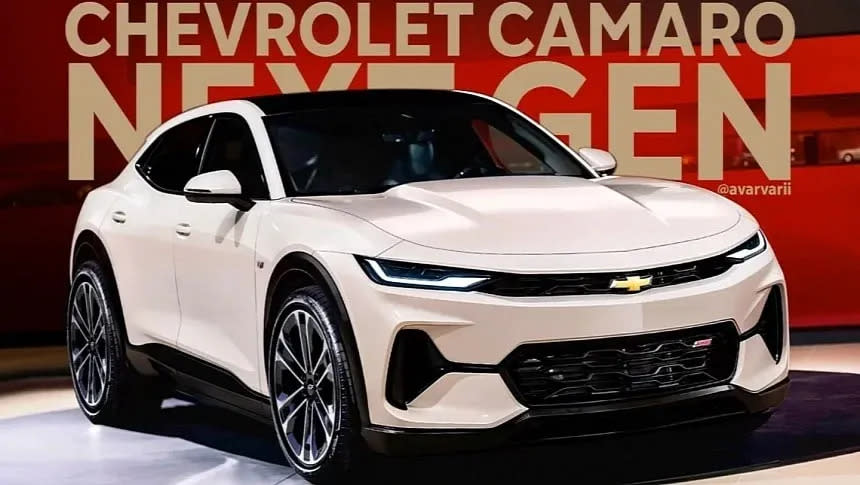
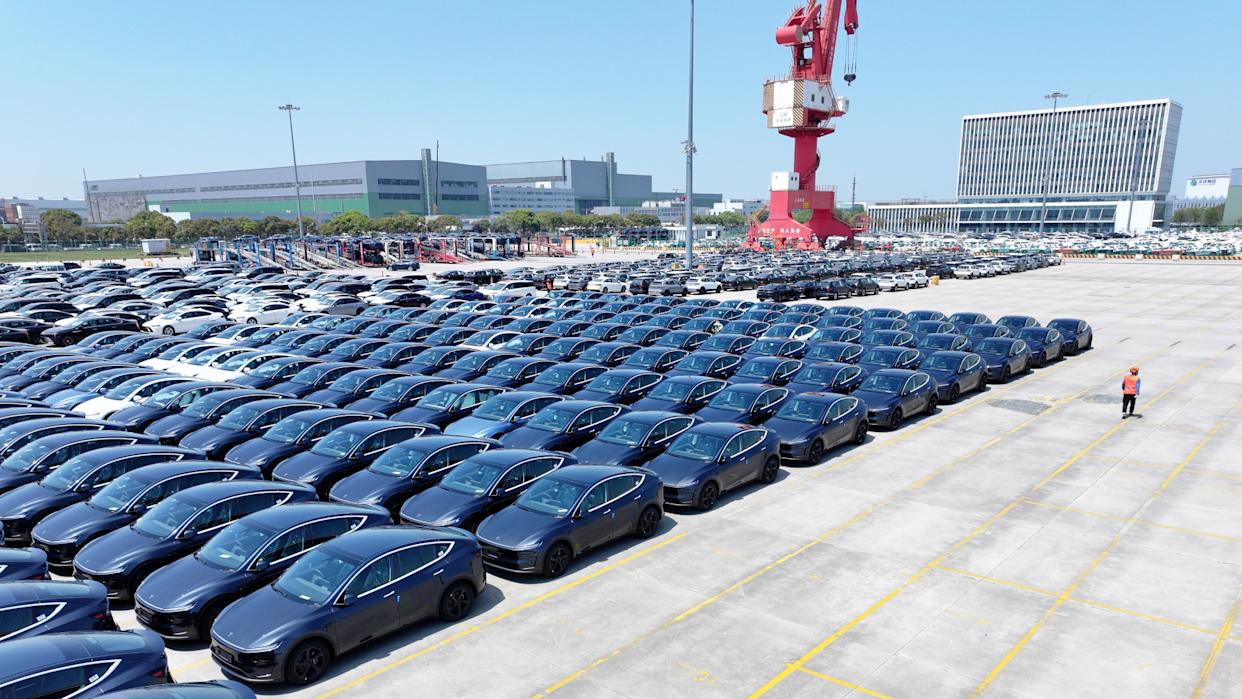

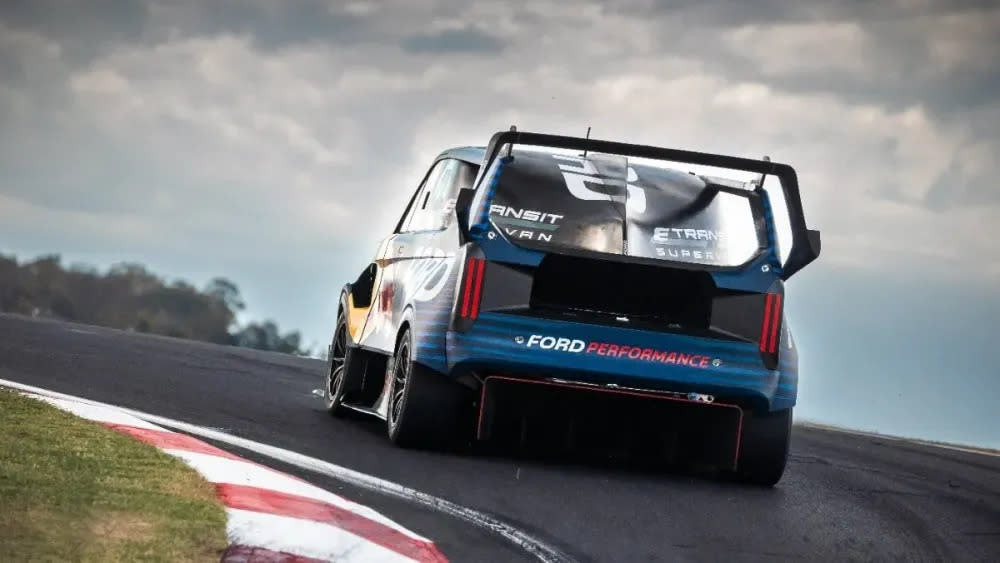
Comments